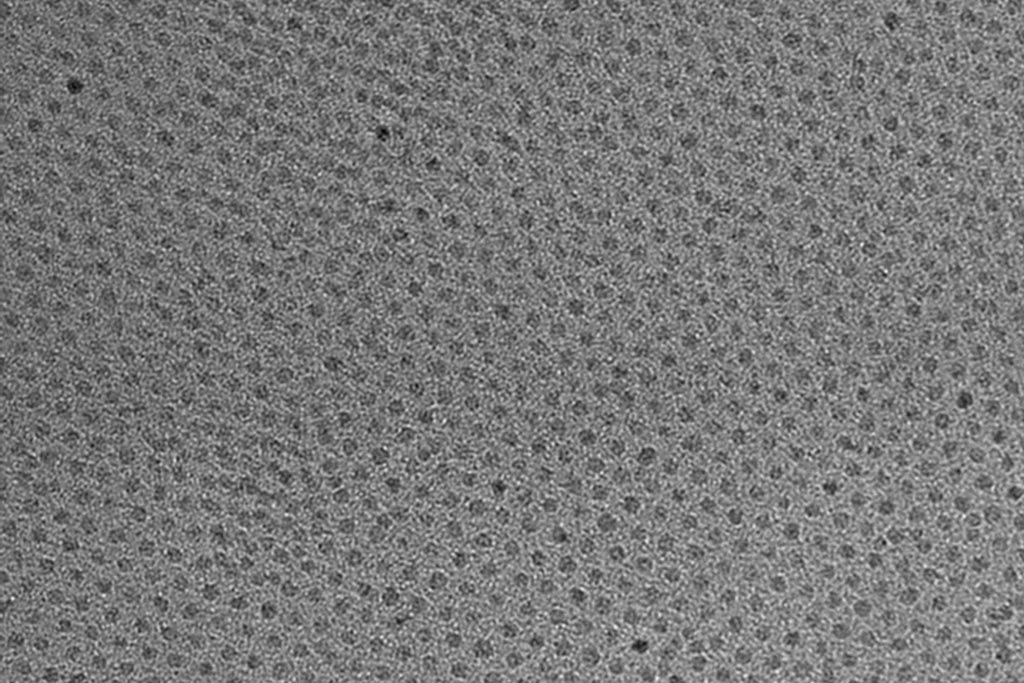New Contrast Agent Developed as Alternative for Gadolinium-Based Agents
By MedImaging International staff writers
Posted on 22 Feb 2017
Researchers have developed a novel, coated, iron oxide nano-particle Magnetic Resonance Imaging (MRI) contrast agent as an alternative to existing gadolinium-based agents.Posted on 22 Feb 2017
The new agent could help clinicians avoid the rare side effects of existing gadolinium-based agents in patients that have impaired kidney function.

Image: A high-resolution transmission electron micrograph (TEM) of iron oxide particles, 3 nm in diameter, coated with a zwitterion layer, which can easily be disposed of by the kidneys after injection (Photo courtesy of The Researchers, MIT).
The agent was developed by researchers at the Massachusetts Institute of Technology and the research results were published on February 9, 2017, in the journal Proceedings of the National Academy of Sciences. Gadolinium-based contrast agents have been in use for many years, and are generally considered safe, however rare and significant side effects occur in some patients.
Contrast agents are injected into a patient during an MRI scan, and provide detailed images of organs, blood vessels, and other special tissues. Some agents show up as dark areas and others as light areas in MRI images. The new agent uses iron oxide nanoparticles with a zwitterion coating, and offers similar MRI contrast to existing agents.
One of the MIT researchers, Oliver Bruns, said, "Over the last decade, more and more side effects have come to light. None of these issues exist for iron oxide. Some patients are currently excluded from getting MRIs because of potential side effects of gadolinium, and the new agents could allow those patients to be eligible again for the procedure. And, if it does turn out that the accumulation of gadolinium in the brain has negative effects, an overall phase-out of gadolinium for such uses could be needed. If that turned out to be the case, this could potentially be a complete replacement."














